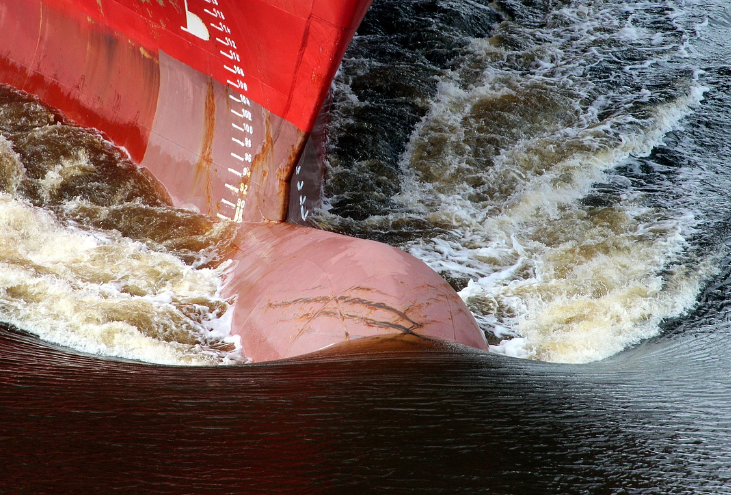In a move that signals Japan’s escalating ambition to decarbonize maritime transport, Nikkiso Co., Ltd. has secured an order from Kawasaki Heavy Industries to supply a pump unit for the world’s first low-speed, two-stroke hydrogen-dual fueled engine ship. Set for delivery in 2026, this unit forms a crucial part of the Marine Hydrogen Fuel Supply System (MHFS), with operational trials expected in 2028. While the milestone appears significant, its true impact hinges on overcoming key technical and economic obstacles that continue to hinder hydrogen’s role in large-scale marine propulsion.
The project is backed by Japan’s Green Innovation Fund (GI Fund), a 10-year R&D support initiative under the New Energy and Industrial Technology Development Organization (NEDO), which targets sectors responsible for high carbon intensity—including shipping. Notably, this hydrogen-fueled ship is the first globally to obtain Approval in Principle from ClassNK for a vessel using a low-speed two-stroke hydrogen engine as its primary propulsion system. However, certification alone doesn’t resolve the pressing infrastructure, safety, and cost issues tied to maritime hydrogen applications.
Technical Continuity from LNG to Hydrogen: A Double-Edged Sword
The hydrogen pump unit ordered from Nikkiso will supply high-pressure fuel from liquefied hydrogen tanks to the engine via an evaporator—a process similar in function to LNG systems, yet markedly more complex due to hydrogen’s cryogenic and low-density properties. The system will be developed by the Clean Energy & Industrial Gases Group (CE&IG) in California, which has an established track record in LNG-fueled vessel technologies. The group’s pivot to hydrogen draws on this legacy, but the differences in material behavior, permeation, and safety requirements introduce a significant engineering leap.
Using technologies adapted from LNG stations may reduce early R&D costs, but risks persist. Hydrogen’s molecular size and flammability demand more robust leak detection and containment strategies, especially at sea. The project’s success depends on whether existing LNG-derived systems can be adequately adapted, or if new hydrogen-specific technologies will be necessary as ship size and fuel demands scale up.
Decarbonization Deadlines and Market Uncertainty
According to the International Maritime Organization (IMO), shipping is responsible for approximately 2.9% of global CO₂ emissions. The regulatory target: net-zero emissions from international shipping by or around 2050. Hydrogen, with its potential for zero emissions at the point of use, appears promising. Yet, industry adoption remains marginal.
As of 2023, less than 0.1% of the global fleet was hydrogen-capable, and almost all are short-range vessels. The high cost of liquefied hydrogen production and storage infrastructure, coupled with sparse bunkering networks, constrains its feasibility for long-haul vessels—the very segment that contributes most to maritime emissions.
Kawasaki’s prototype aims to shift this narrative, but questions remain. Will large-scale hydrogen ships be economically viable without aggressive subsidies or carbon pricing? GI Fund support may offset initial risks, but no clear pathway exists for cost parity with conventional fuels or even LNG, especially in regions lacking green hydrogen infrastructure.
Industrial Consolidation or Bottleneck?
Kawasaki’s role in developing both the hydrogen engine and MHFS suggests a vertically integrated model, potentially streamlining innovation. Yet, it also raises concerns about vendor lock-in and system standardization. The broader adoption of hydrogen in maritime transport would likely require open, interoperable technologies and cross-company collaboration to prevent fragmentation—a problem that has already hindered hydrogen adoption in other transport sectors.
Nikkiso’s CE&IG division, one of the few entities globally with experience in both high-pressure LNG and hydrogen fuel systems, may offer a rare combination of scale and expertise. However, with most hydrogen marine projects still in the early stages, the field remains too thinly populated to predict if similar competencies will emerge from other OEMs or shipbuilders.
Timeline to Demonstration and Market Readiness
The ship’s demonstration voyage, slated for 2028, is a crucial benchmark—but not a commercialization milestone. By the time the vessel hits open waters, the competitive landscape may have shifted. Ammonia, methanol, and biofuels are also drawing major interest as transitional or long-term marine fuels, each with its own logistical and environmental trade-offs.
A successful hydrogen vessel launch could validate dual-fuel, hydrogen-ready designs, but without parallel progress in global refueling infrastructure and fuel supply chains, deployment will remain confined to niche routes or national initiatives.





